“[…] An all-rounder (according to Anantha Narayanan’s first definition) is someone who could be selected as a batsman, batting at six or higher, or a bowler—one of the top three choices… But only eight players qualify on the basis of this definition: Keith Miller, Shakib Al-Hasan, Imran Khan, Ian Botham, Garry Sobers, Jacques Kallis, Tony Greig and Ben Stokes.
“Finding this ‘too lofty a definition’… he then comes up with a set of metrics allowing Shakib to shake out at the top of the tree.
“[…] Here is my effort at developing a fair and equitable system to determine who is better than whom as an all-rounder…”

The following Letter to the Editor, which takes issue with a published opinion that Bangladesh’s Shakib Al-Hasan is the best all-rounder the game has seen, was submitted to Wired868 by Mark Gomes:
Writing in the Dhaka Tribune in early April, Anantha Narayanan reached a stunning—certainly for me—conclusion: Bangladesh’s Shakib Al-Hasan is cricket’s best-ever all-rounder.
Whaaaaaaaaaaaaaaaaaaaaaaaaaaaaaaaaaaaaaaaat?
Straightaway, I got to thinking the following:
Cricket, the second most popular sport on the planet, is arguably the most individual of all team sports. It has three specialist positions, the bowler, the batsman and the wicket-keeper.
These specialised positions have their own statistics and their contribution to each innings played is a part of the record. The scorecard shows the number of overs the bowler has delivered, the number of runs conceded by him and the number of wickets he has taken.

The batsman’s runs are recorded and, increasingly in the shorter formats, the rate at which he scores those runs.
Wicket-keepers are given credit not only for the catches they take but also for stumpings. And all byes conceded are recorded against their names.
Occasionally, a wicket-keeper’s individual performance may determine the outcome of a game. But the outcome of cricket matches is usually determined by the battle between the batsman and the bowlers; fieldsmen are only important as the supporting cast.
‘Fieldsman’ is therefore not categorised as a specialist position; fielding, one might say, is a consequence of being selected. Although the entire playing XI are required to field irrespective of their skill level, fieldsmen come in for a mention in the record only if they contrive to hold a catch or, nowadays, to dismiss a batsman via the run-out route.
But the essential point to be made is that, with the exception of the wicket-keeper, an individual is not selected on the playing XI on the basis of his ability to field but on his ability and skill with bat and/or ball.

This is why the position of the all-rounder is so important. And why Narayanan’s conclusion would be even more absurd if that was not the case: Garry Sobers has 109 catches in 93 Tests; in his 58 Tests, Shakib has 25!
Narayanan begins with one definition of all-rounder, then quickly discards it in favour of a second one.
An all-rounder is someone who could be selected as a batsman, batting at six or higher, or a bowler—one of the top three choices. I would say, a rough quantitative definition of this, give or take 5-10% either way, would be a Weighted Batting Average (WBA) of 35-plus and a bowling average below 30.
But only eight players qualify on the basis of this definition: Keith Miller, Shakib Al-Hasan, Imran Khan, Ian Botham, Garry Sobers, Jacques Kallis, Tony Greig and Ben Stokes.
Finding this ‘too lofty a definition’, he chooses a ‘more general definition’: ‘an all-rounder is a player who has performed consistently well in both disciplines across his career’. And he then comes up with a set of metrics allowing Shakib to shake out at the top of the tree.

I do not think you have to be a professional statistician to come up with your own metrics. I have seen enough cricket, read enough about it and, most importantly, studied what Narayanan has to say in his article.
So here is my effort at developing a fair and equitable system to determine who is better than whom as an all-rounder:
Minimum number of Test matches played and contributed batting and/or bowling is 30.
- An adequate sample size needs to be agreed on if you are to measure consistency.
Minimum batting average to qualify for batting all-rounders must be 30.
- Majority of career batting position in the order must be from 1 to 6.
- Batting in positions 1–6 allows a batsman more time and opportunity to construct an innings. If you are batting in the top half often and can’t get up to 30 on average, you don’t deserve a place among the best.
- Each batting run averaged between 30 and 39 earns you one point.
- Each batting run averaged above 40 earns you two points.

(via ESPN)
Minimum batting average to qualify for a bowling all-rounder must be 24.
- Majority of career batting positions in the order must be from 7 to 11.
- Batting in positions 7–11, a batsman has less opportunity to construct an innings than batting at 1-6
- If you are batting in the bottom ‘half’ often and can get up to 24 on average, you should earn consideration for a place among the best.
- For each batting run averaged between 24 and 29, one point is awarded.
- For each batting run averaged above 30, two points are awarded.
- For each batting run averaged above 40, three points are awarded.

(via CWI Media)
Maximum bowling average to qualify is 35.
- For each bowling run averaged between 30-35, one point is awarded
- For each bowling run averaged below 30, two points are awarded
- It is important to make a distinction and award points differently between players batting from 1-6 in the order and players batting between 7 and 11.
- It’s simply not fair to use the same yardstick to measure achievement if there is not equal opportunity to perform.
- Batting in positions 1-6, you have a far greater opportunity to construct an innings. First, the state of the game is unfolding and you have the opportunity to adjust the tempo. Then, there are better quality batting partners at the other end, which eases the mental pressure on you. Thirdly, the pitch is less worn so you have a better opportunity to bat on a truer surface.

(via Sportskeeda)
Using my yardstick and the available career records yields the following results:
- Garry Sobers
Batting Average: 51.5; Bowling Average: 34.0; Batting Points: 34; Bowling Points: 1; Total: 35
- Jacques Kallis
Batting Average: 48.6; Bowling Average: 32.7; Batting Points: 28; Bowling Points: 2; Total: 30
- Imran Khan
Batting Average: 31.6; Bowling Average: 22.8; Batting Points: 10; Bowling Points: 18; Total: 28
- Keith Miller
Batting Average: 37.0; Bowling Average: 23.0; Batting Points: 7; Bowling Points: 20; Total: 27

(via Cricket Country)
- Jason Holder
Batting Average: 31.9; Bowling Average: 26.8; Batting Points: 10; Bowling Points: 13; Total: 23
- Ravindra Jadeja
Batting Average: 28.5; Bowling Average: 24.3; Batting Points: 5; Bowling Points: 16; Total: 21
- Richard Hadlee
Batting Average: 24.2; Bowling Average: 22.3; Batting Points: 1; Bowling Points: 18; Total: 19
- Shaun Pollock
Batting Average: 25.5; Bowling Average: 23.1; Batting Points: 2; Bowling Points: 16; Total: 18

(Copyright AP)
- Ravi Ashwin
Batting Average: 25.6; Bowling Average: 24.7; Batting Points: 1; Bowling Points: 16; Total: 17
- Kapil Dev
Batting Average: 31.1; Bowling Average: 29.6; Batting Points: 10; Bowling Points: 6; Total: 16
- Shakib Al-Hasan
Batting Average: 37.1; Bowling Average: 31.2; Batting Points: 8; Bowling Points: 4; Total: 12
- Ian Botham
Batting Average: 32.5; Bowling Average: 28.4; Batting Points: 2; Bowling Points: 8 Total: 10

(Copyright Adrian Murrell / Allsport)
- Ben Stokes
Batting Average: 35.7; Bowling Average: 31.4; Batting Points: 6; Bowling Points: 4 Total: 10
Ah! The sun is back in the sky and we can breathe again.
And any cry of whaaaaaaaaaaaaaaaaaaaaaaaaaaaaaaaaaaaat! you hear from Dhaka is not in unison.
Even in Bangladesh, there are those who applaud.
Not because they love Shakib less but because they love cricket more.

(via Zeenews)
|
Wired868 has provided readers with solid, independent journalism since 2012. If you appreciate our work, please contribute to our efforts. Support Independent Journalism |
Want to share your thoughts with Wired868? Email us at editor@wired868.com.
Please keep your letter between 300 to 600 words and be sure to read it over first for typos and punctuation.
We don’t publish anonymously unless there is a good reason, such as an obvious threat of harassment or job loss.
 Wired868 Wired868 for smart sport news and opinion
Wired868 Wired868 for smart sport news and opinion


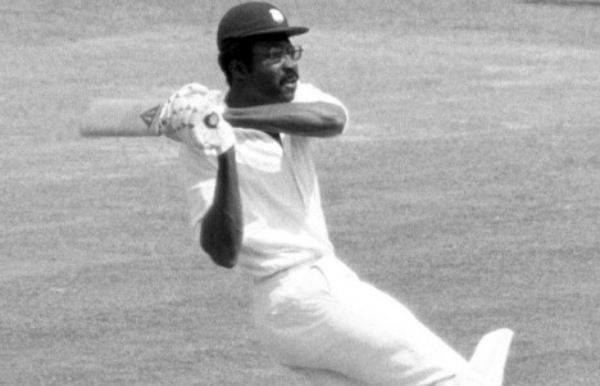
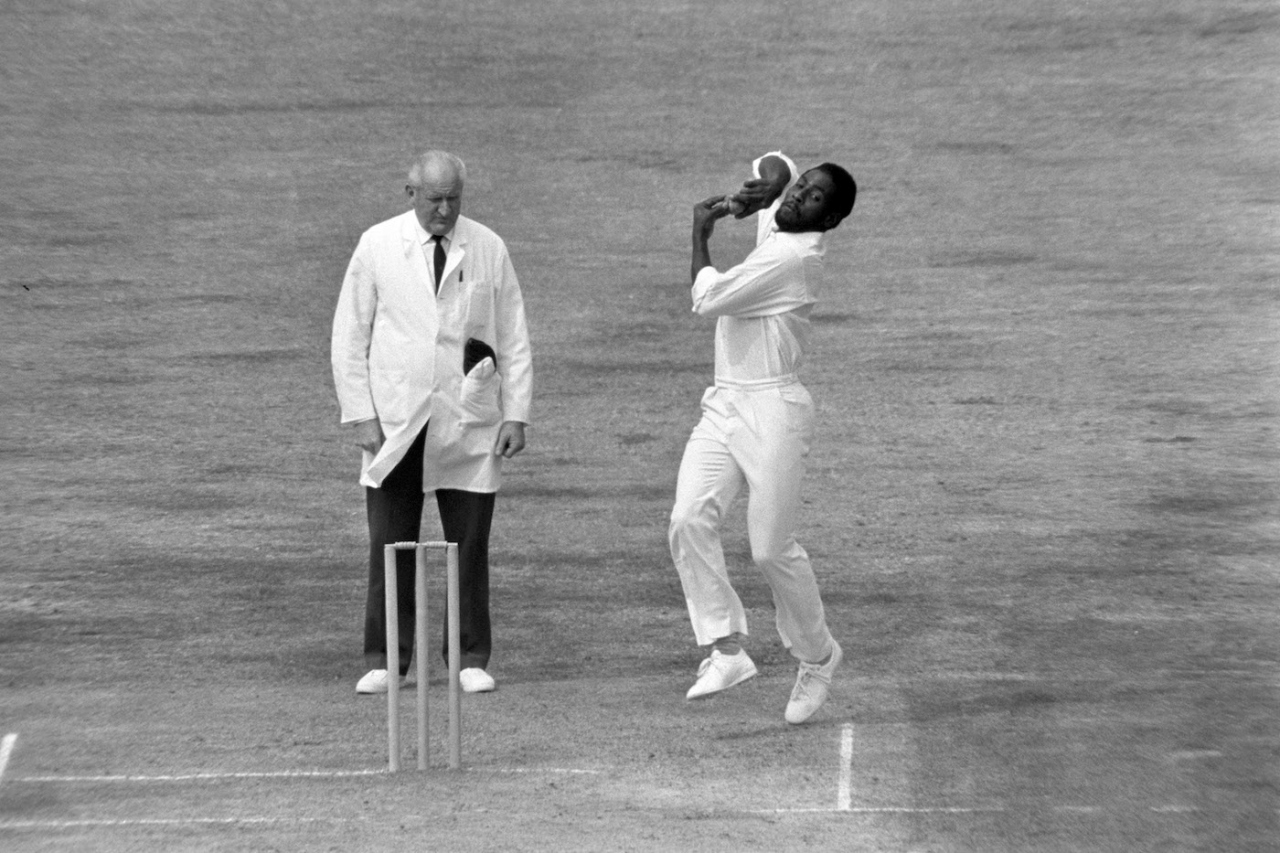
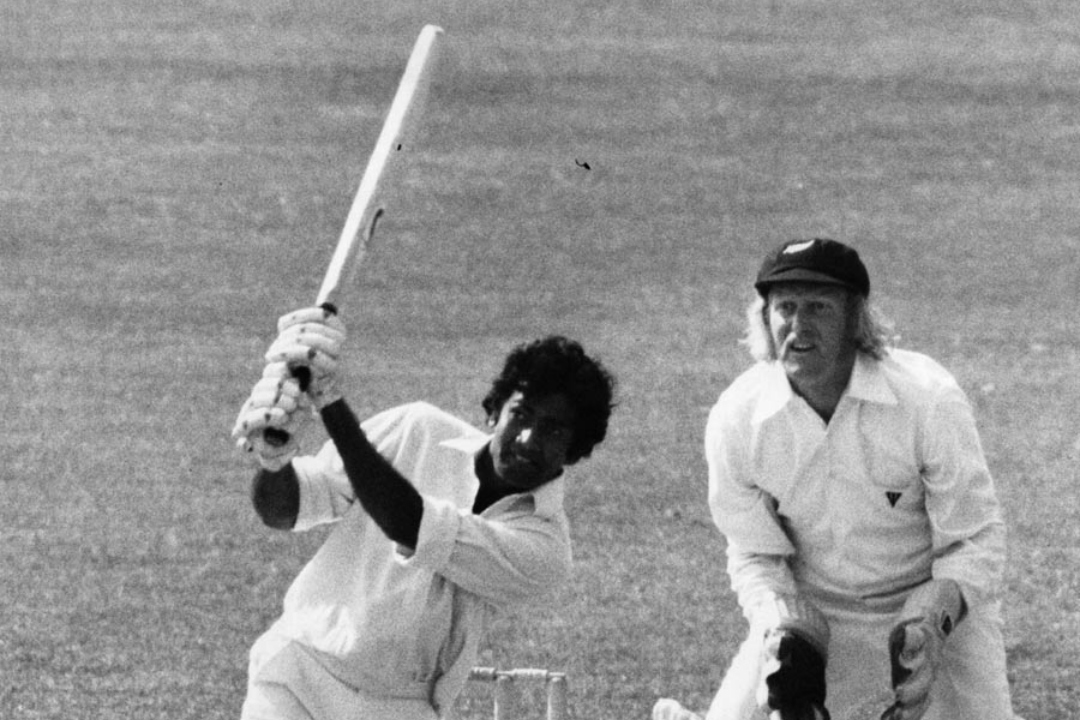
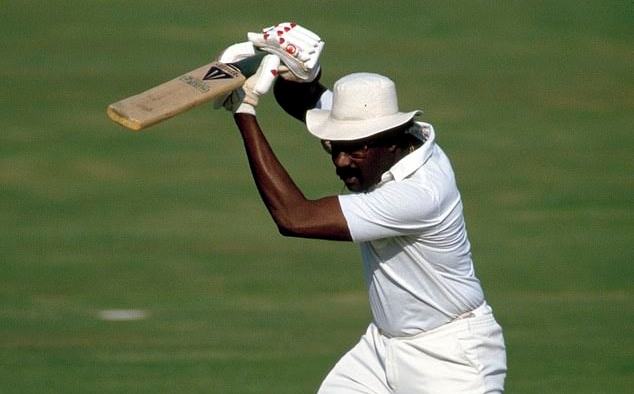
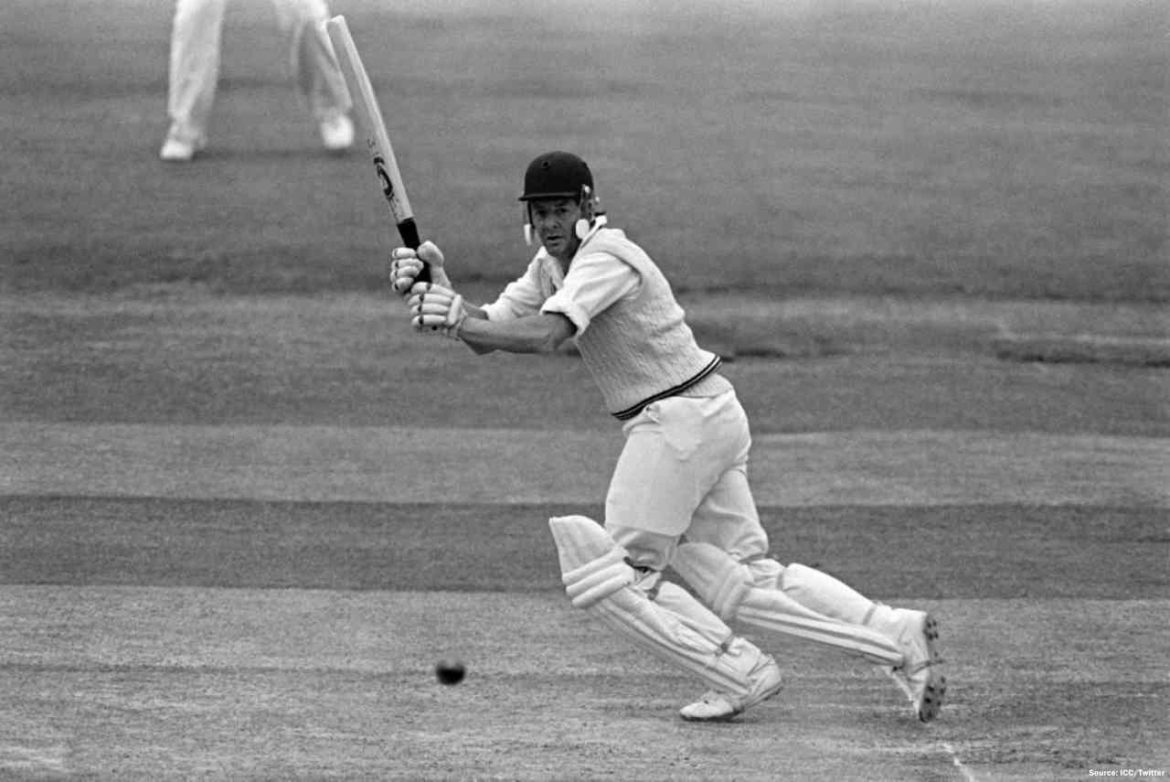

At first glance , I honestly thought that this was a live wire piece……No cricket lover with even the briefest knowledge of cricket history, would need any statistics to make the indisputable claim that the greatest cricketer to have played the game is Gary Sobers. I have come across a creeping narrative coming from not only the Asian continent , but the major cricketing nations with the administrative powers (India, Australia, England) to have a revisionist focus on West Indies place in cricketing lore. Pay attention, soon they will offer better batsmen than Richards , Lara and Kallicharan. Better bowlers than Roberts and Holding, better Captains than Worrell and Lloyd…..until the Lion can write his own story, the narrative will always glorify the Hunter.
Mark, Seeing how well Jason Holder did using your system, I found myself wondering where the other active or recently active all-rounders like Kieron Pollard, Dwayne Bravo and Daren Sammy, say, would rate–if anywhere at all–on this list.
Can you help? I don’t suppose Pollard qualifies, never having been selected to play Test cricket…
Earl. Utilizing the formula, Bravo, who consistently batted between 1-6 during his Test career, had a batting average of 31.6. His bowling average was 39.8.
These statistics highlight his inconsistency as a batsman throughout his Test career. The total points earned by Bravo was two which, in my opinion, reflects the fact that he was a no more than useful all-rounder.
Sammy consistently batted between 7-11 during his Test career and averaged 21.7. His bowling average was 35.8.
The total points earned by Sammy was zero which, in my opinion, reflects the fact that he was no better than an average all-rounder.
I do believe that the formula provides a line in the sand that distinguishes all-rounders who are skillful and superior. The point threshold for this appears to be ten. Points earned between 1 and 9 can be categorized as useful all-rounders whereas zero would represent at best average or not very good.
This must be a joke lmao.Utter nonsense!